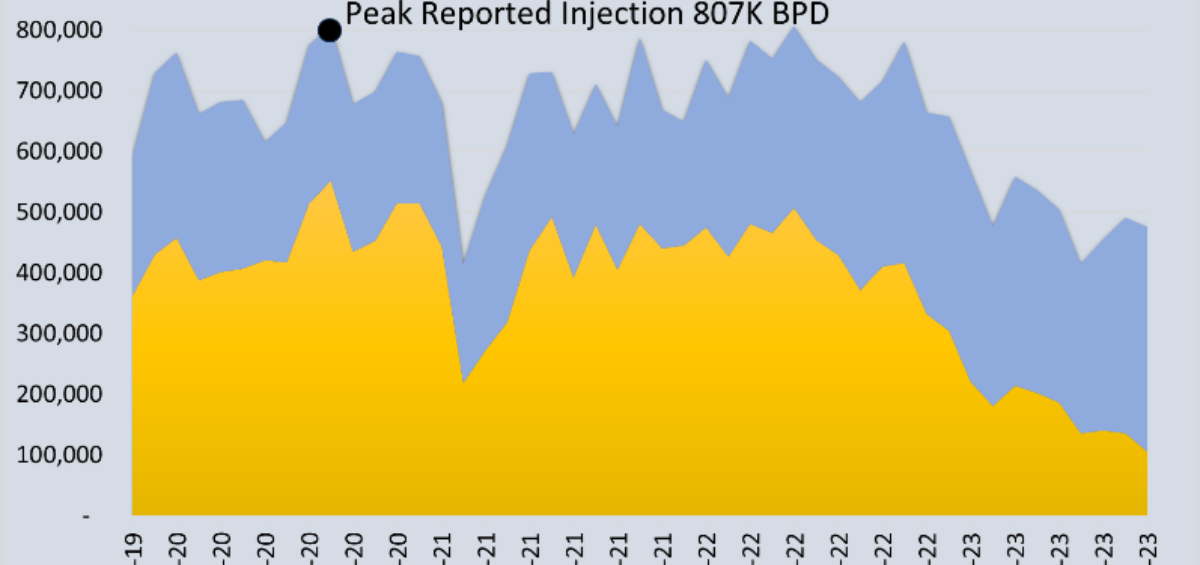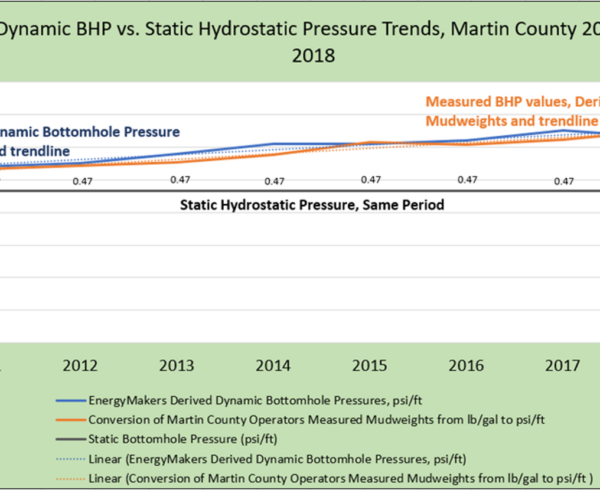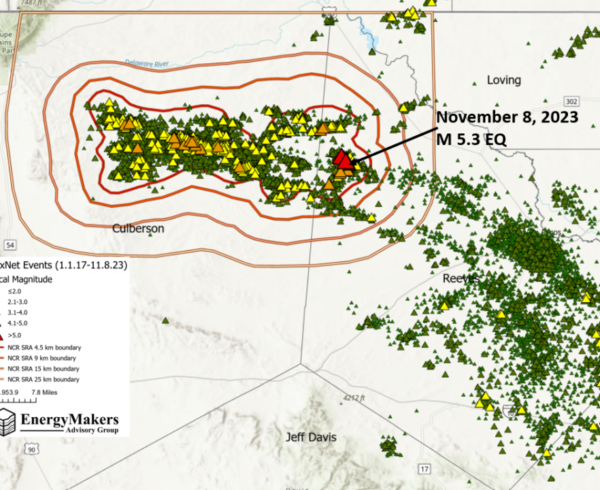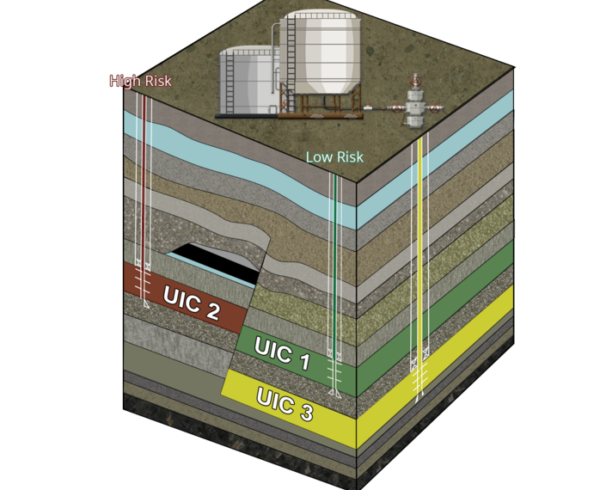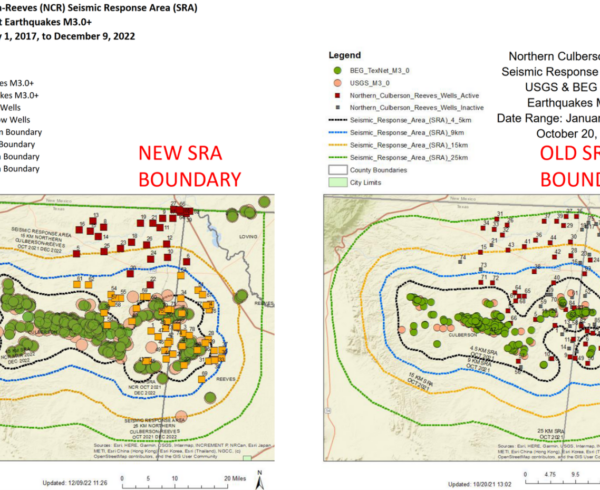Water-Lovers,
There has been lots of discussion since Amanda Drane’s article in the Houston Chronicle and subsequent editorials on induced seismicity in the Permian Basin. I thought I would clarify a few topics.
Regarding the 600K bbls/day of “lost” injection capacity (if the Texas RRC were to cut off ALL deep injection) in the North Culberson Reeves SRA:
1) The 600K BPD was an estimate of deep injection as of December of 2022. It was an estimate at the time, the actual reported values (now known) are shown below.
2) Interestingly, since that time, industry has cut back most of that volume. Peak total (Deep + Shallow) Injection in the SRA was 807K BPD in August of 2020. Peak Deep disposal was 552K BPD in August of 2020. Shallow injection at that time was about 255K bpd. Shallow Injection has been steadily increasing, peaking very recently in September of this year at 369K BPD. We should continue to keep a (very) close eye on NCR shallow injection or possible pressure anomalies, at these volumes.
3) Most recently deep injection was approximately 106K BPD (September 2023, last full month of reported data) around the time the recent earthquake occurred.

The good news, (if we want to call it that), is that Disposal Well Operators (Oil and gas companies and midstream companies) already “took the hit” and began cutting back injection in the area. Deep injection was reduced from its peak of 552K BPD, down to 107K BPD, with real reductions starting in May of 2022.
The bad news is there is not a whole lot left to cut back in deep NCR formations. It’s been about 19 months since we actually started reducing volumes in the SRA, and it may take (even) more time than that to settle out, if the deep formations are isolated. From Oklahoma, we found it generally takes as much as 18 months after significant operational changes to observe seismicity reductions in deep strata.
We took a look at bottomhole pressures in the area, too. Notice that even with great declines in deep injection, BHPs are relatively constant. You can’t blame this puppy on obvious pressure increases.


Not withstanding, we should continue to keep an eye on Shallow pressures in the area, too. Remember, sudden (or slow) pressure declines can be as concerning, or more, as pressure increases. Either can cause unintended consequences, ranging from near wellabore impacts on production or injection, to more dramatic actions like induced seismicity, indications of lost circulation zones, or inadvertent fracturing.
Talk about being between a rock and a hard place. Answers aren’t simple…
We’ll share some interesting news on Gardendale Bottomhole Pressures shortly. Stay tuned for our analysis of the Gardendale SRA!
Happy Prospecting – Stay Safe out there!



